FUNDING CUTS IMPACT CT HUMANITIES: Help CT Humanities navigate recent funding cuts and continue our vital work across Connecticut. All donations made to CTH will be matched dollar-for-dollar up to $50,000. Donate today!
Now Viewing:
Revolution and the New Nation 1754-1820s
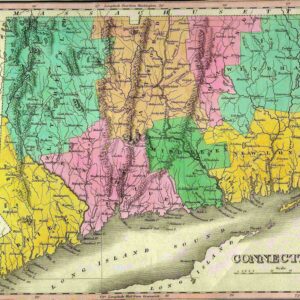
Marquis de Lafayette’s 1824 Tour of Connecticut
Almost five decades after the United States declared independence, Congress extended an official invitation to Marquis de Lafayette to tour the country as “The Nation’s Guest.”
Read
Connecticut State Seal and Arms
Connecticut has both an official state seal and state coat of arms that both include the state motto, “Qui Transtulit Sustinet.”
Read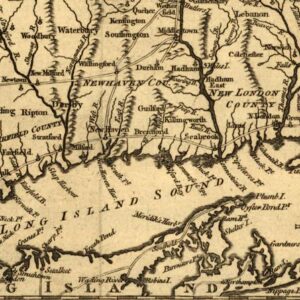
“Legalized Piracy”: Connecticut’s Revolutionary War Privateers
American colonists employed privateers as part of the military effort against the British during the American Revolution.
Read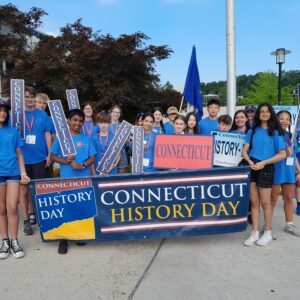
Connecticut History Day 2025: Rights and Responsibilities in History
Connecticut’s people have taken on responsibilities to establish state and national rights through the courts, protests, and everyday acts.
Read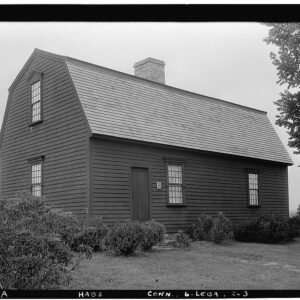
Jonathan Trumbull’s Lebanon War Office: The “Pentagon of the Revolution”
Jonathan Trumbull’s War Office in Lebanon functioned as headquarters for Connecticut’s Council of Safety from 1775 to 1783.
Read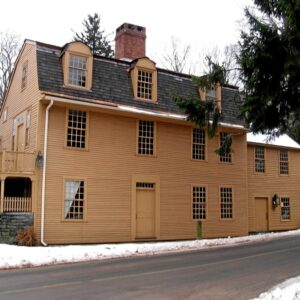
Thankful Arnold’s House
The Thankful Arnold House helps visitors explore the lives of women under the constraints of English Common Law during the early 19th century.
Read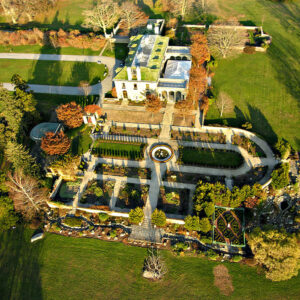
Battle of Goshen Point
The Battle of Goshen Point proved an important victory for America’s small gunboat fleet over a larger and more powerful British force.
Read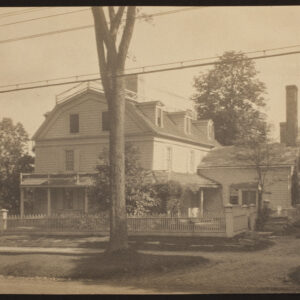
Ridgefield’s Keeler Tavern
Keeler’s tavern had only served travelers and locals before Ridgefield played host to the only inland battle fought in Connecticut during the Revolutionary War.
Read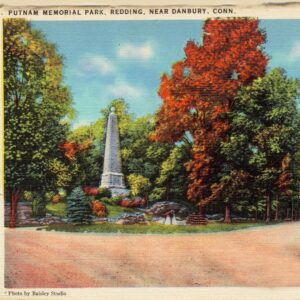
Connecticut’s Valley Forge: The Redding Encampment and Putnam Memorial State Park
As the 1778-79 winter quarters for a division of the Continental army, Putnam Memorial State Park is sometimes referred to as “Connecticut’s Valley Forge.”
Read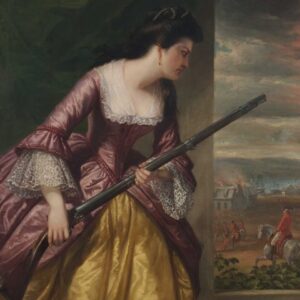
Abigail Hinman: Heroine of the American Revolution or Legend?
Allegedly defending her house during the American Revolution in 1781, New London resident Abigail Hinman made a name for herself as a patriot legend.
Read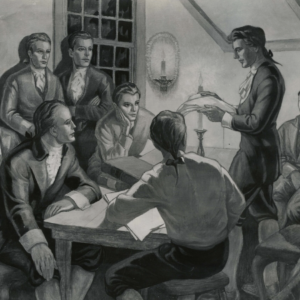
Linonian and Brothers in Unity: The Societies that Built Yale University’s Library
Two undergraduate literary societies, Linonian and Brothers in Unity, donated their large book collections to Yale’s nascent library.
Read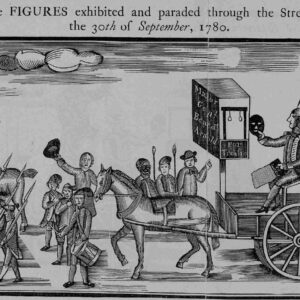
New London’s Tradition of Burning Benedict Arnold…in Effigy – Who Knew?
New London has a yearly tradition of burning an effigy of Benedict Arnold, the infamous Revolutionary War general turned traitor.
Read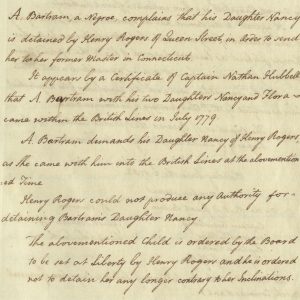
Black Loyalist Refugees: Toney Escapes During the Burning of Fairfield
The British burning of Fairfield during the Revolutionary War provided an opportunity for enslaved people to escape, including a man named Toney.
Read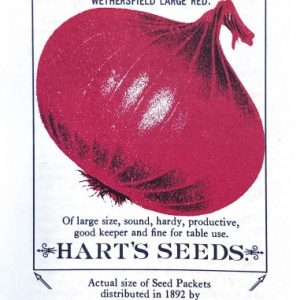
Oniontown: How Hard Work, Tall Tales, and Red Onions Built Wethersfield
Until the 19th century, the red onion trade supported Wethersfield as the first commercial town along the Connecticut River.
Read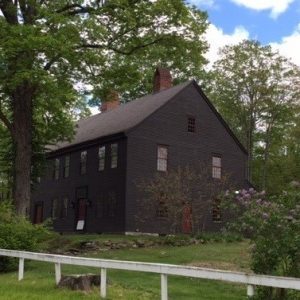
The Welcoming Warmth of Kent’s Seven Hearths
For over 272 years, Kent’s Seven Hearths has lived many lives—from trading post to school to artist’s home to historical society.
Read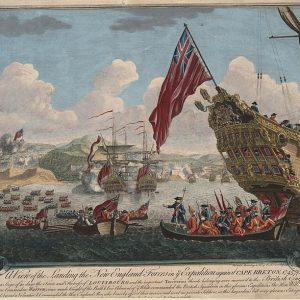
Connecticut’s French Connections
From Huguenots to French Canadian mill workers to modern immigration, Connecticut has always been a place shaped, in part, by a steady French influence.
Read
New London Harbor Lighthouse: Connecticut’s First Official Lighthouse
New London Harbor Lighthouse, originally opened in 1761 and rebuilt in 1801, is Connecticut’s oldest surviving and tallest lighthouse.
Read
Timothy Dwight Dies – Today in History: January 11
On January 11, 1817, Timothy Dwight (theologian, educator, poet, and eighth president of Yale) died in New Haven, Connecticut.
Read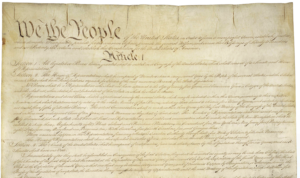
Connecticut Ratifies US Constitution – Today in History: January 9
On January 9, 1788, Connecticut became the fifth state to ratify the Constitution of the United States.
Read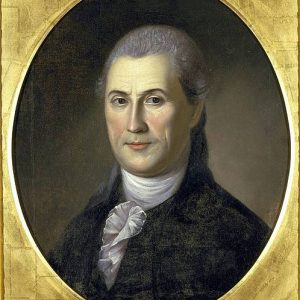
Samuel Huntington, the first President of the United States, dies – Today in History: January 5
Samuel Huntington not only served as Connecticut’s governor and a member of the Continental Congress, but, some would argue, the first President of the United States.
Read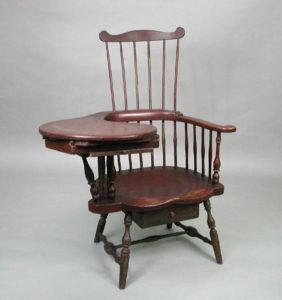
Ebenezer Tracy Made Some of the Finest 18th-Century Furniture
Ebenezer Tracy was a carpenter from Lisbon, Connecticut, who specialized in making fine, hand-crafted furniture.
Read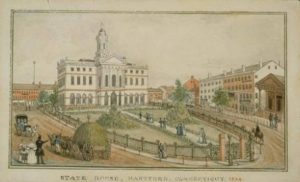
The Hartford Convention – Today in History: December 15
On December 15, 1814, delegates to the Hartford Convention met in secret at the Old State House in Hartford.
Read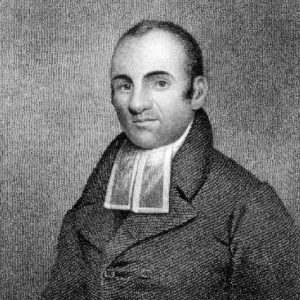
Lemuel Haynes: America’s First Black Ordained Minister
Lemuel Haynes was a father, husband, pastor, and patriot—he is widely considered to be the first Black man in America to be ordained by a Protestant church.
Read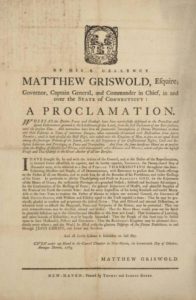
Governor Griswold’s Thanksgiving Proclamation
This broadside issued by Thomas and Samuel Green of New Haven announced the Proclamation of Governor Matthew Griswold naming Thursday the 24th of November, 1785, “a Day of Publick Thanksgiving.”
Read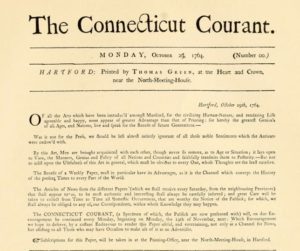
The Oldest Continuously Published Newspaper – Today in History: October 29
On October 29, 1764, New Haven printer Thomas Green established a weekly newspaper, the Connecticut Courant, in Hartford.
Read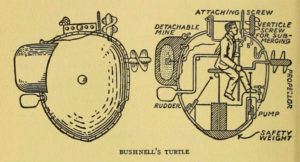
David Bushnell and his Revolutionary Submarine
How a farmer’s son became the Father of Submarine Warfare during the American Revolution.
Read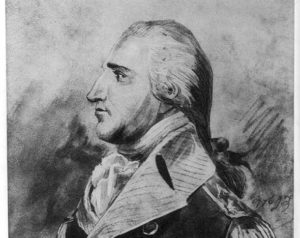
Benedict Arnold Turns and Burns New London
September 6, 1781 was a brutal and terrifying day for Connecticut citizens living on both sides of New London harbor, along the Thames River.
Read
Enfield’s Shaker Legacy
Shaking Quakers settled in Enfield and created the packaged seed business.
Read
Fame and Infamy for the Hulls of Derby
Two Connecticut men, uncle and nephew, had starring roles—one in defeat and one in victory—during the War of 1812.
Read
Maritime History: The Founding of the United States Coast Guard Academy
Connecticut has been home to the United States Coast Guard Academy since the early 1900s.
Read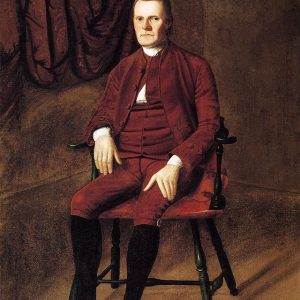
Roger Sherman Dies – Today in History: July 23
On July 23, 1793, Roger Sherman—a Connecticut merchant, lawyer, and statesman—died in New Haven.
Read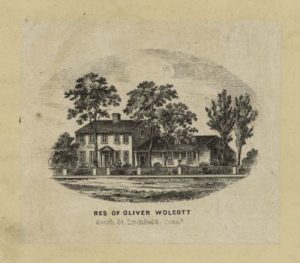
Soldier, Patriot, and Politician: The Life of Oliver Wolcott
Oliver Wolcott served in military in the Seven Years’ War and the American Revolution, but was also a popular member of the Continental Congress and governor of Connecticut.
Read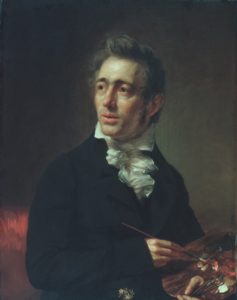
Samuel Waldo Born – Today in History: April 6
Samuel Lovett Waldo was an early 19th-century portrait artist who worked among such famous colleagues as John Trumbull, Benjamin West, and John Singleton Copley.
Read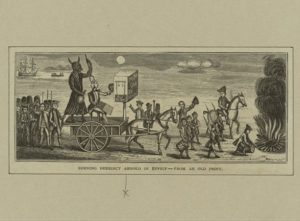
Benedict Arnold: America’s Most Famous Traitor
Benedict Arnold of Norwich was one of the great Continental army heroes of the American Revolution before committing treason and joining the British army.
Read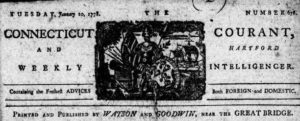
Hannah Bunce Watson: One of America’s First Female Publishers
Hannah Bunce Watson was one of the first female publishers in America and helped the Hartford Courant survive one of the most challenging times in its history.
Read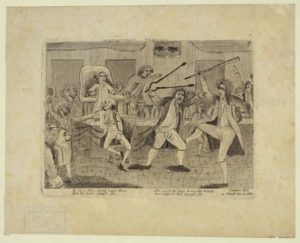
Roger Griswold Starts a Brawl in Congress – Today in History: February 15
On February 15, 1798, Roger Griswold, a US House Representative from Connecticut, attacked Matthew Lyon on the floor of the House of Representatives.
Read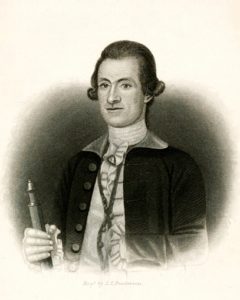
William Douglas: A Colonial Hero’s Sacrifice
William Douglas was a successful merchant and military leader who settled in North Branford just prior to the Revolutionary War.
Read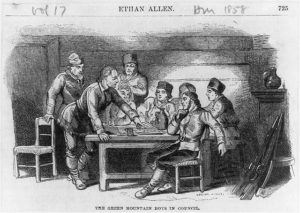
Ethan Allen Born – Today in History: January 10
On January 10, 1738, future hero of the Revolutionary War Ethan Allen was believed to have been born in the frontier village of Litchfield, Connecticut.
Read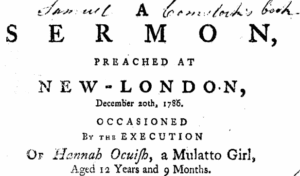
A Most Unusual Criminal Execution in New London
On December 20, 1786, a crowd gathered behind New London’s old meeting house to witness the execution of a convicted murderer.
Read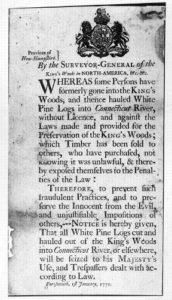
The White Pine Acts – Who Knew?
The British government made it illegal for colonials to cut down white pine trees over 24 inches in diameter—preserving the trees for use as masts on British naval ships.
Read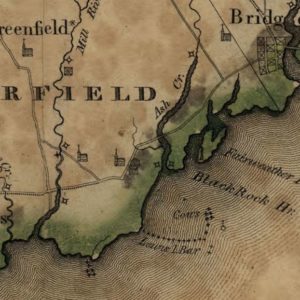
Caleb Brewster: A Patriot Against Freedom
Caleb Brewster—Fairfield, Connecticut’s resident member of the Culper Spy Ring during the Revolutionary War—was also an active participant in the African Slave Trade.
Read
The Whitney Armory Helps Progress in Hamden
Eli Whitney later established an armory in Hamden that not only produced weapons for the US government during the early 19th century but also contributed to the evolution of mass-produced firearms.
Read
Mariann Wolcott and Ralph Earl – Opposites Come Together and Make History
The story of Mariann Wolcott and Ralph Earl captures much of the complexity the Revolutionary War brought to the lives and interactions of ordinary citizens.
Read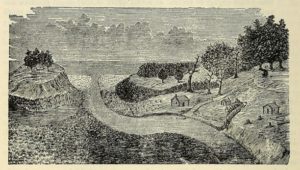
Putting Cleveland on the Map: Lorenzo Carter on the Ohio Frontier
From Connecticut, Lorenzo Carter became the first permanent settler of the community that became Cleveland, Ohio.
Read
Connecticut Valley Style: Eliphalet Chapin Inspires a Tradition of Craft
Favoring local cherry and pine woods, this furniture maker introduced Philadelphia-style flair to New England consumers.
Read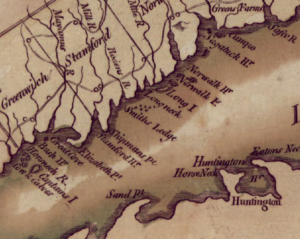
Stamford’s Three-Gun Armada
During the Revolutionary War, American privateers utilized armed whaling boats to keep the British from the colonies’ shores and prevent illicit trade in British goods.
Read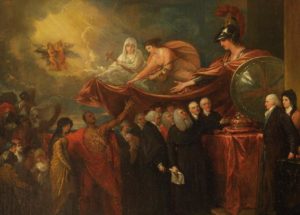
Connecticut’s Loyal Subjects: Toryism and the American Revolution
Loyalists in Connecticut, often acting on beliefs tied to relegion, proved particularly prominent in Fairfield County. Many of them fled to Canada rather than face imprisonment at New-Gate.
Read
Jeremiah Wadsworth, “foremost in every enterprise”
Jeremiah Wadsworth was a sea-going merchant, commissary general to the Continental army, and founder of the nation’s first banks.
Read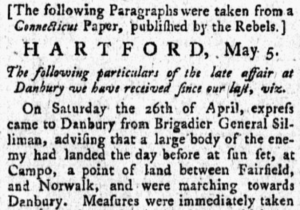
The Burning of Danbury
In April of 1777, British forces under Major General William Tryon led a raid on patriot supplies stored in Danbury, Connecticut.
Read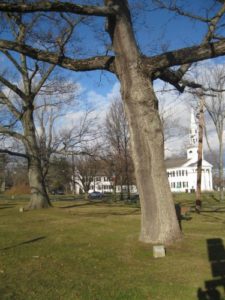
Litchfield’s Revolutionary War Soldiers’ Tree
In 1902, the Daughters of the American Revolution celebrated Arbor Day by planting a tree on the Litchfield Green to commemorate the town’s Revolutionary War soldiers.
Read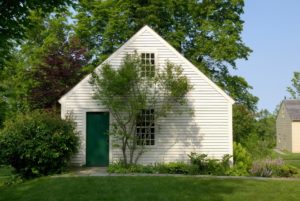
The Litchfield Law School: Connecticut’s First Law School
The Litchfield Law School, founded in 1784 by Tapping Reeve, became the first professional law school in Connecticut.
Read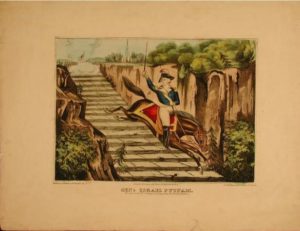
Israel Putnam: A Youthful Trailblazer Turned Colonial Militiaman
Israel Putnam served with distinction in the Seven Years’ War and in the Revolutionary War, particularly at the Battle of Bunker Hill.
Read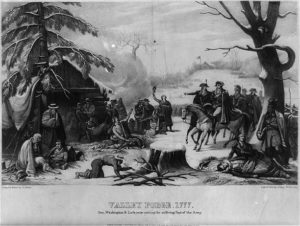
A Connecticut Slave in George Washington’s Army
Nero Hawley, born into slavery in Connecticut in the 18th century, fought in the Revolutionary War.
Read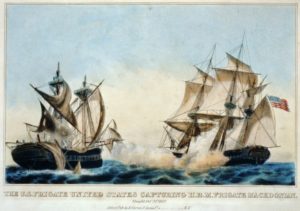
Site Lines: The Mysterious Blue Lights
During the War of 1812, warning signals in the form of two blue lights prevented US ships from slipping past the British blockade of New London’s harbor.
Read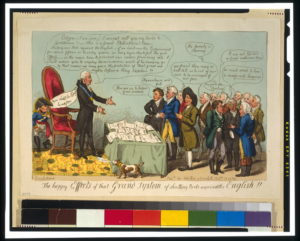
Connecticut and the Embargo Act of 1807
The Embargo Act of 1807 stifled Connecticut trade with Europe, but ultimately boosted local manufacturing.
Read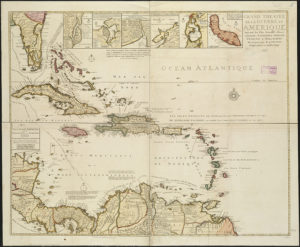
Connecticut and the West Indies: Sugar Spurs Trans-Atlantic Trade
This profitable exchange brought wealth and sought-after goods to the state but came at the price of supporting slavery in the bargain.
Read
USS Confederacy: The Life and Service of Connecticut’s Continental Frigate
Nearly 20 years before the launching of the USS Constitution, a modest shipyard in Norwich, CT launched the Confederacy.
Read
Seth Pease Surveys New Lands
This Suffield native’s work in “New Connecticut” and other Western territories reveals how the new nation took stock of its expanding borders.
Read
Roger Sherman, Revolutionary and Dedicated Public Servant
Roger Sherman is also the only person to have signed all four of the most significant documents in our nation’s early history.
Read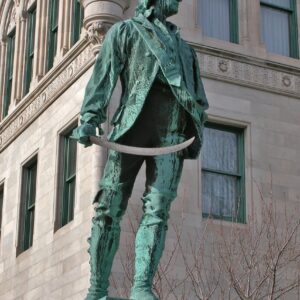
Thomas Knowlton: A Small Town’s National Hero
Thomas Knowlton is arguably Ashford’s most widely recognized war hero.
Read
Caleb Brewster and the Culper Spy Ring
Caleb Brewster used his knowledge of Long Island Sound to serve as a member of the Culper Spy Ring during the Revolutionary War.
Read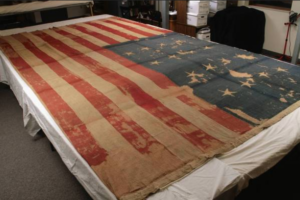
The Stonington Battle Flag
On August 10, 1814, during a lull in the attack by the British on Stonington, citizens nailed a large US flag–a banner of defiance–to a pole above the battery.
Read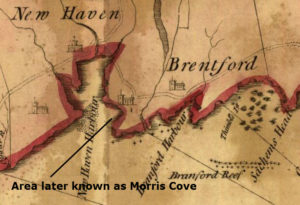
East Haven’s Revolutionary Salt Works
East Haven’s Amos Morris helped supply Americans with salt (essential for preserving food) during critical shortages brought on by the American Revolution.
Read
The Hartford Wits
Eventually taking the name the “Hartford Wits,” influential figures of the 18th century got together to write poetry that documented the state of the times.
Read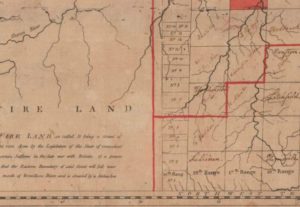
New Connecticut on Lake Erie: Connecticut’s Western Reserve
If you drive through the area of Ohio still called the Western Reserve today, you will find towns named Norwich, Saybrook, New London, Litchfield, Mansfield, and Plymouth.
Read
Christopher Leffingwell Born – Today in History: June 11
On June 11, 1734, businessman and civic leader Christopher Leffingwell was born in Norwich.
Read
News From Lexington: Contemporary Views of the Opening Battles of the American Revolution
A rare set of prints by New Haven printer Amos Doolittle depicts the momentous events of April 19, 1775.
Read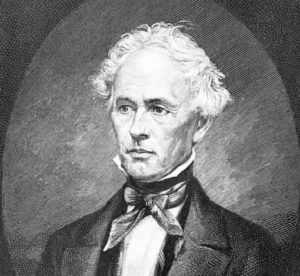
William Redfield Born – Today in History: March 26
On March 26, 1789, William C. Redfield, the noted American meteorologist, was born in Middletown.
Read
Where It All Happened: Connecticut’s Old State House
Connecticut’s Old State House is a memorial to many of the legislative advances made in Connecticut during the most formative years of the United States.
Read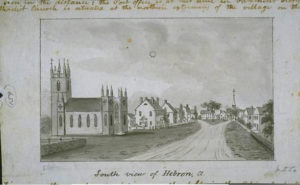
Changing Sentiments on Slavery in Colonial Hebron
Residents of Hebron rescued local enslaved people Lowis and Cesar Peters, and their children, from South Carolina slave traders.
Read
First General Copyright Law – Today in History: January 29
In 1783, Connecticut became the first state to pass a general colonial copyright law, entitled “An Act for the Encouragement of Literature and Genius.”
Read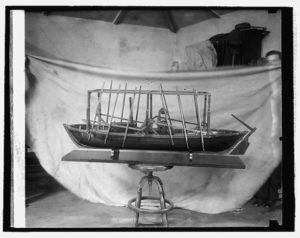
John Fitch Born – Today in History: January 21
On January 21, 1743, John Fitch, an inventor and pioneer in steamboat construction, was born in Windsor–a settlement in the British colony of Connecticut.
Read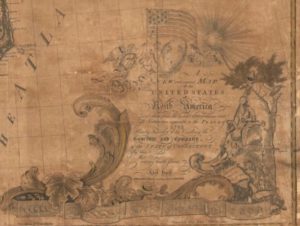
An Uncommonly Ingenious Mechanic: Abel Buell of Connecticut
This Yankee jack-of-all-trades, Abel Buell, created the first map of the new United States to be printed and published in America.
Read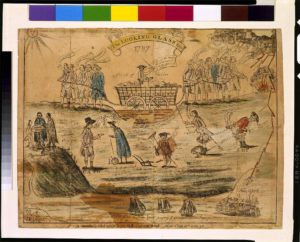
The Connecticut Ratification Convention
Though approved at a renegade convention on September 17, 1787, the US Constitution did not become “the supreme law of the land” until 9 of the 13 states ratified the document.
Read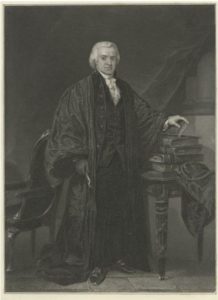
Senator Oliver Ellsworth’s Judiciary Act
On April 7, 1789, the Senate appointed a committee, composed of one senator from each of the 10 states then represented in that body, to draft legislation to shape the national judiciary.
Read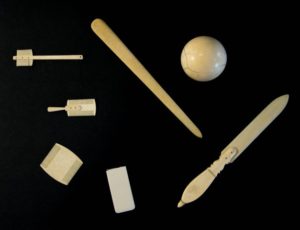
Phineas Pratt’s Machine for Making Combs – Today in History: April 12
On April 12, 1799, Phineas Pratt of Ivoryton, Connecticut, a deacon, silversmith, and inventor, received a patent for a “machine for making combs.”
Read
The British Raid on Essex
On a cold April night in 1814, a British raiding force rowed six miles up the Connecticut River to burn the privateers of Essex, then known as Pettipaug.
Read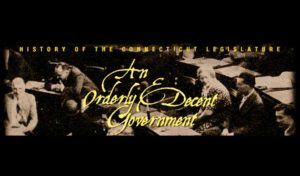
An Orderly & Decent Government: A New State, A New Constitution, 1776-1818
The American Revolution prompted enormous political and social changes in other states, but Connecticut remained a “land of steady habits” until 1817 brought change to state government.
Read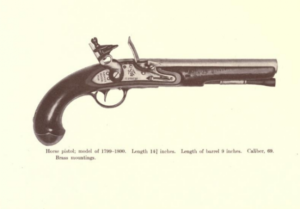
Government Orders Horse Pistols – Today in History: March 9
On March 9, 1799, the government issued its first contract for 500 horse pistols to Simeon North of Berlin at $6.50 each.
Read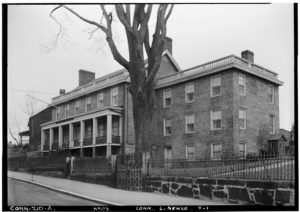
New London’s Sound Defense
The use of privateers to supplement naval forces and wage war on an enemy was established European practice—and one the rebellious North American colonies readily adopted as they faced Britain, one of great military powers at sea, during the Revolutionary War.
Read
The War Connecticut Hated
For most Connecticans, the War of 1812 was as much a war mounted by the federal government against New England as it was a conflict with Great Britain.
Read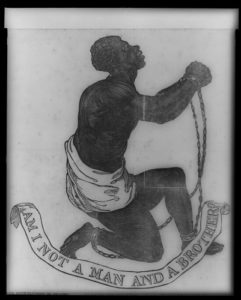
Early Anti-slavery Advocates in 18th-century Connecticut
Ideals advanced during the American Revolution inspired many of the state’s religious and political leaders to question and oppose slavery in the late 1700s.
Read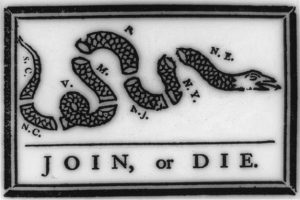
Connecticut in the French and Indian War
Connecticut troops sustained demoralizing losses before a reinvigorated British military turned the tide of the French and Indian War.
Read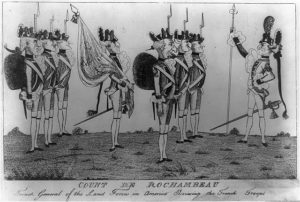
Rochambeau Returns Over and Over to Andover
Jean-Baptiste-Donatien de Vimeur, comte de Rochambeau, was a French nobleman and army general who contributed significantly to the Colonial army’s victory in the war for American independence.
Read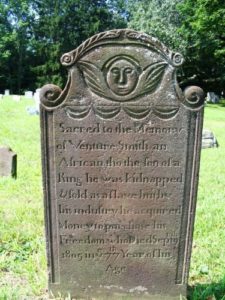
Venture Smith, from Slavery to Freedom
Smith’s account sheds light on the experience of enslaved and free blacks in 18th-century Connecticut.
Read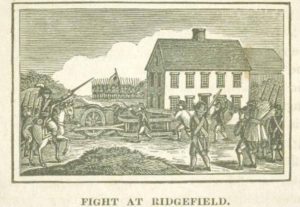
Battle at Ridgefield – Today in History: April 27
On April 27, 1777, American forces under the command of Major General David Wooster attacked the retreating British troops under Major General William Tryon in Ridgefield.
ReadMore Articles




